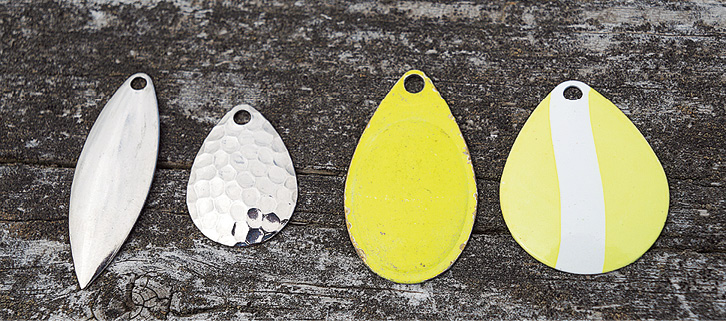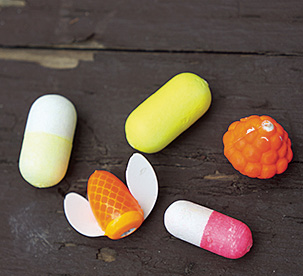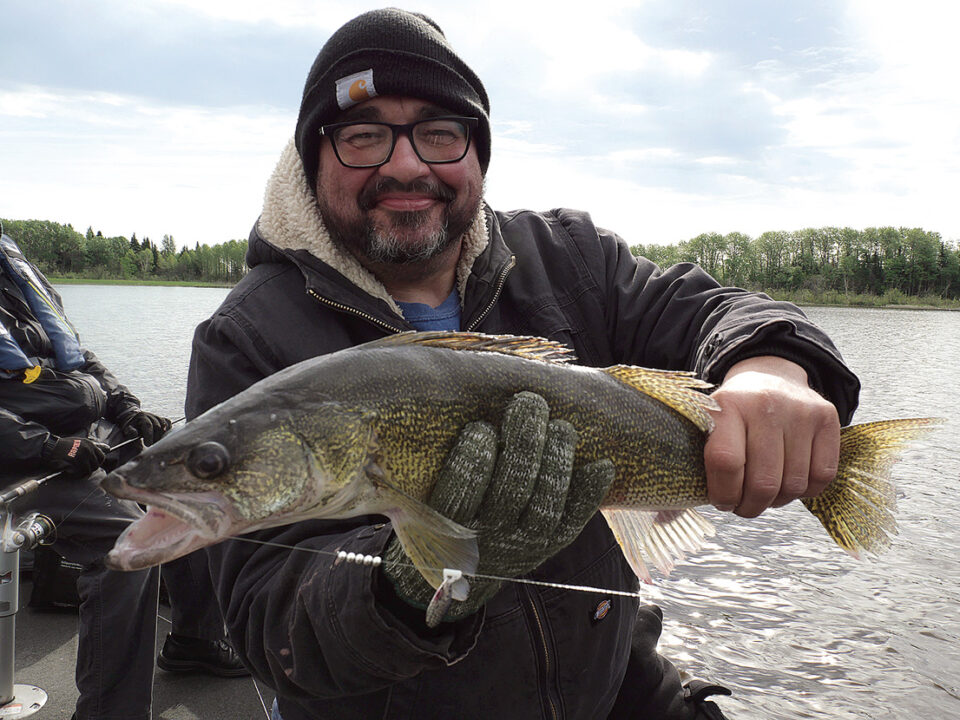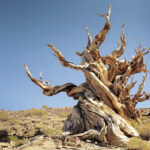As spring gives way to summer, walleye patterns start to change. The fish are not moving as slowly, so a jig and minnow, or a live bait rig and leech, become less effective. The explosion of food, especially young perch, shiners and minnows, mean walleye are on the prowl for fast moving food. The fish are looking less and striking more. Triggering a hit works better than teasing a fish. It’s time to bust out the spinner.
I’m not sure there truly is a perfect spinner rig. There are just too many options and so much to consider. However, a well-made, properly executed spinner rig can out-fish just about every other tactic under the right conditions. Here are a few things to consider when it’s time to tie on a spinner.
Store Bought Spinners
Few walleye anglers don’t have at least a few commercially bought walleye spinner rigs in their tackle box. Most of these spinners are made pretty much the same and are what I would call “industrial strength.” These spinners are tied on short leaders of heavy monofilament, with heavy gauge hooks and large, often gaudy blades of bright orange or chartreuse green. There is nothing wrong with a basic commercial spinner, and they have caught millions of walleye.
Not all commercially made spinners are crude. Northland Tackle, Berkley and Brecks, Blue Jay Tackle, and many other companies have a variety of pre-made walleye spinners that are of a high quality. I’m a big fan of a single blade Northland Rainbow spinner and have found them great for trolling with minnows. Nothing covers water more effectively than a trolled spinner rig.

Make sure you have a selection of different spinner sizes in a variety of colours. When the water is dirty or the rivers flooding, it can be truly amazing just how many more strikes are elicited by a large spinner blade.
Another good trick is to run two smaller blades together. There are commercial spinners that come with two blades, but it often pays to make your own. If you are fishing waters that have a lot of crud on the bottom, add a corkie or other floater to your spinner rig. This will keep your bait off bottom. Yet there are ways to improve on the basics.
Home Tied Spinner Rigs
When you tie your own spinners, you can adjust the rig to suit your needs. Things like using longer leaders of lighter weight monofilament or fluorocarbon can make a huge difference. For instance, in clear water, or when fish are spooked, a smaller diameter blade of silver or brass is generally better than an oversized blade.
On the flip side, in dark dingy water you can bump the blade size up. Bead placement is crucial in a spinner, and you can add or subtract beads of different colour and size. Make sure the blade is not too close to the hook. Add a rattle bead or a floating corkie to the rig if you want to get off the bottom a bit—this is especially useful in rivers. It also pays to include a quick-change clevis on your rig, as that makes changing blades a snap and your spinner rig even more flexible.
Hooks and Bait
Spinner rigs that have large hooks are ok for minnows, but not so good for leeches and nightcrawlers. Minnow hooks tend to be #2 or #4 Carlisle, but you need to gauge the size of the hook with the size of the bait you are using. Too big a bit with too small a hook will end with disappointment. The perfect leech hook is a black or red #6 Octopus hook. A set of two or three similar sized bait holder hooks is best when fishing worms. In situations where the spinner rig is being trolled in open water, a small treble can be used to replace a single hook. The small treble can increase hook ups, especially when used with a crawler. When trolling through weeds consider a Tru Turn hook as they are especially good at shedding greenery. It is amazing how many walleye can hide in a cabbage bed, but it is the rare angler that will pull a spinner through weeds. A #6 Tru Turn with a small brass blade and small minnow has put many fish in my boat.

When the walleye bite is really hot, don’t be afraid to try plastics on spinner rigs. You will often catch just as many fish, but will have to change baits about one-quarter as often. I’ve had good luck with a pink Berkely power crawler on a multi-hook spinner rig.
Spinner Rig Hook Sets
Too many anglers strike as soon as a fish touches the spinner rig. Use a longer rod with a lighter tip when spinner rig trolling, and let the fish take the tip back a bit. When the fish is solidly on, sweep the rod forward. A little lag between the strike of the fish and the set usually buries the hook well. Walleyes are remarkably adept at pulling minnows and worms off spinners if the hook is set too soon.
Trolling Spinners in Rivers
One of the deadliest ways to catch walleye in rivers is with a spinner rig that is pulled behind a bottom bouncer. A bottom bouncer is a lead weight coupled with a wire bent at a 90-degree angle. There is an eye at the bend where the main line is tied on, and another eye where a leader is connected. The lead weight is poured around the wire and the free end is what touches bottom. The wire ticks the bottom and is relatively snag free. Bottom bouncers tend to be on the heavy side, averaging between 2-5 ounces.
Spinners have all the flash, vibration, and appeal that walleye love. Try them this season and learn the power of the spinner for yourself.






